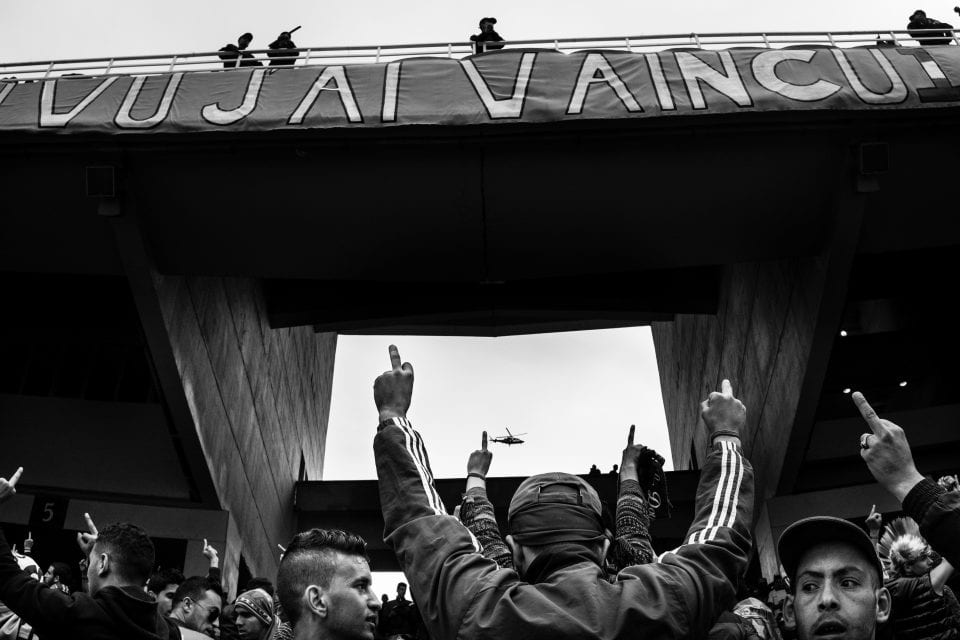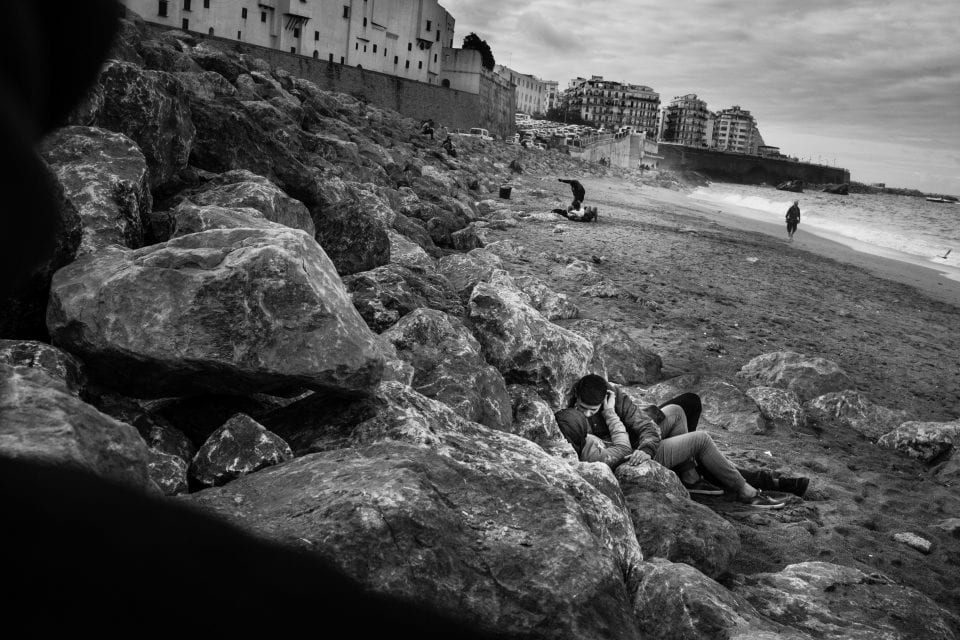The World Press Photo Foundation believes in the power of showing and the importance of seeing high-quality visual stories. It all began in 1955 when a group of Dutch photographers organised an international contest (“World Press Photo”) to expose their work to a global audience.
Lars Boering, Managing Director, World Press Photo Foundation, discusses the 2019 contest entries, the ethics of the documentary genre and the essence of “truth.”
A: The competition demonstrates the power and necessity of visual journalism. How do these images feed into a world where people are mistrusting of images that are presented to them? How important is it that we pursue the depiction of truth in photography?
LB: Consumers now trust images more than text. Even in today’s polarised climate, people with wildly different political views still appreciate the original context of a news photograph. Many times, the audience that consumes through World Press Photo tell us that they have never seen the images before but most important that they trust what we offer them. This indicates that our name is deeply connected to trust which is a great thing. The depiction of truth in photography is impossible; as Susan Sontag stated: truth does not exist since a photo is as much an interpretation of the world as paintings and drawings are.

A: The past year has been politically charged and socially turbulent, with a ‘global protest wave.’ How did the entries reflect this sense of movement?
LB: The protest movement has not only shown itself in the final book, but a large part of the original submissions covered the topic as well. The jury recognised the theme and successfully selected some great examples. The interesting thing is that it does not only show the act of protest in itself, but also gave us insights into the culture surrounding activism.
A: To what degree are these photographers all activists?
LB: Whilst we do see that some photographers are certainly activists, especially in the matter of nature and the active role they play in the conservationist movement, we must state clearly that the vast majority of the work is made by journalists that adhere to the rules of journalism. Rigorous reporting, good research and verification of facts are crucial to enable us to trust what we see. Our verification process also ensures that we can back up the claim that we are able to trust what we see in our book.
A: How has the documentary genre changed, even in the last year?
LB: The documentary genre typically focuses on an ongoing issue or story. This does not change that much over time, however, what we have seen is that more and more documentary photographers take the creative liberty to use photography in many new ways in order to tell the story. This does not always adhere to photojournalistic principles, but when it is made in a way that is transparent and verifiable, we can still trust what we see.

A: How do the images ensure they’re adhering to ethical principles? Are there certain criteria that are involved in all competition entries?
LB:Entrants to the World Press Photo contest must ensure their pictures provide an accurate and fair representation of the scene that they witnessed so the audience is not misled. This means that entrants:
- Should be aware of the influence their presence can exert on a scene they photograph and should resist being misled by staged photo opportunities.
- Must not intentionally contribute to, or alter, the scene they picture by re-enacting or staging events. Must not pay their subjects, either in money or goods.
- Must maintain the integrity of the picture by ensuring there are no material changes to content.
- Must ensure captions are accurate.
- Must ensure the editing of a picture story provides an accurate and fair representation of its context.
- Must be open and transparent about the entire process through which their pictures are made and be accountable to the World Press Photo Foundation for their practice.
A: What is the guiding ethos behind World Press Photo? Where content is readily accessible, what is it that viewers can find in this book?
LB: World Press Photo believes in the power of showing and the importance of seeing high-quality visual stories. We showcase stories that make people stop, feel, think and act. Accuracy, diversity, and transparency are our core values.
Credits:
1. Football fans sing during a championship match in the 5 July 1962 Stadium in Algiers, Algeria, on 22 December 2015. Press Photo Story of the Year Nominee Romain Laurendeau.
2.Ultras football fans chant insults against the state, the president, the generals and the police during the final of the Algerian Cup in Algiers, Algeria, on 1 May 2016.Press Photo Story of the Year Nominee Romain Laurendeau.
3. A young couple challenges a taboo as they kiss in a public space in Algiers, Algeria, on 8 December 2016. Press Photo Story of the Year Nominee Romain Laurendeau.
World Press Photo 2020 Yearbook is available from Lannoo Publishers. worldpressphoto.org





